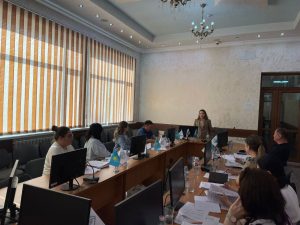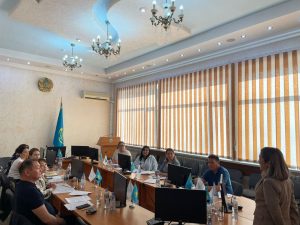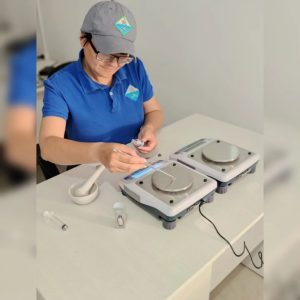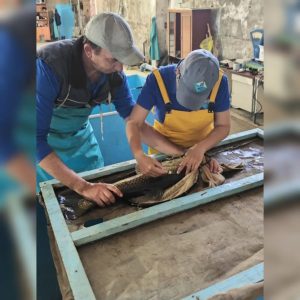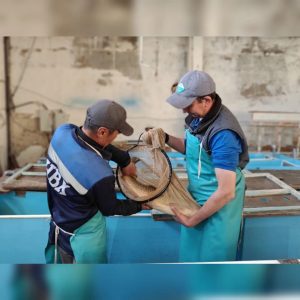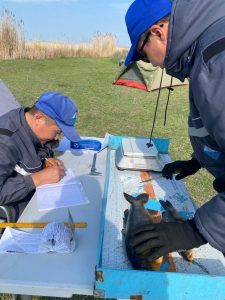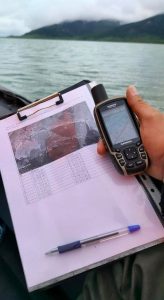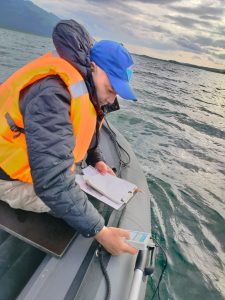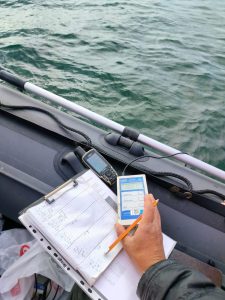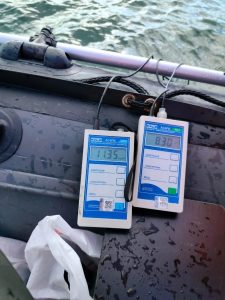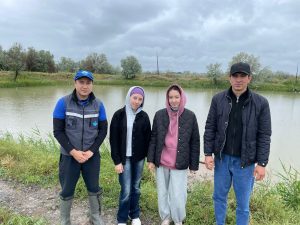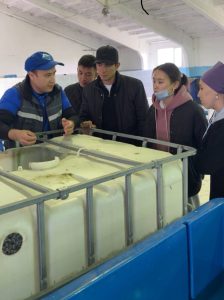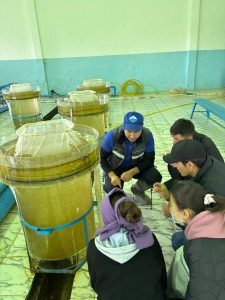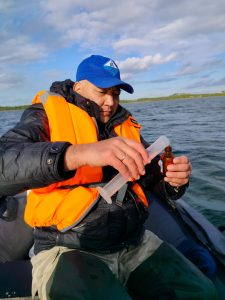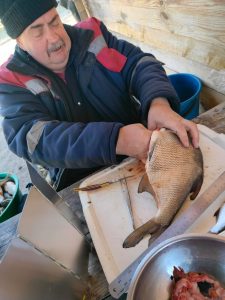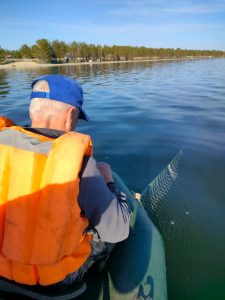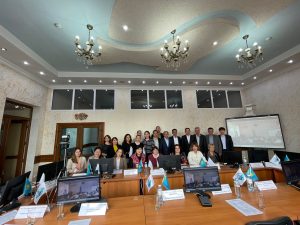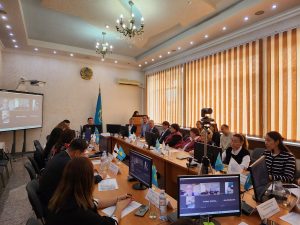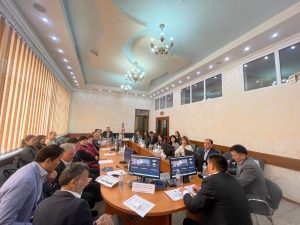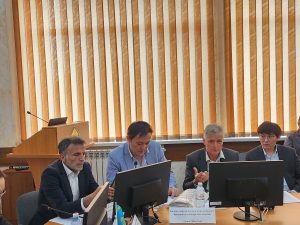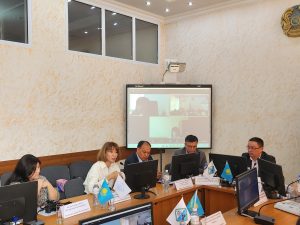In order to ensure compliance of the qualifications of employees with their positions and career prospects, assessment of the level of their professional training and in connection with the expiration of the period, from 15 May 2024 to 27 June 2024 in all branches of the FishRPC, attestation is planned employees.
All employees of FishRPC are subject to attestation: scientific workers, managers and employees of administrative and management personnel, engineering and technical personnel, support staff who have worked at FishRPC for at least 3 months.
The main principles of attestation are transparency, collegiality, and consistency.
The objectives of attestation are:
– Objective assessment of the professional level of employees and their suitability for the position held;
– Identification of problem areas of FishRPC;
– Identifying prospects for the most effective use of employees, stimulating their business activity and professional growth;
– Increasing the level of professional competence and responsibility for the results of the work performed;
– Objective personnel placement of employees of FishRPC, planning for further use in positions in the organizational structures of FishRPC.
The results of the attestation of employees of the head unit and branches of FishRPC for 2024 will be considered at a meeting of the Scientific Council of FishRPC.
Қызметкерлердің атқаратын лауазымы мен қызметтік перспективасы біліктілігінің сәйкестігін қамтамасыз ету, олардың кәсіби даярлығының деңгейін бағалау мақсатында және мерзімінің аяқталуына байланысты 15.05.2024 ж.бастап 27.06.2024 ж. дейін “Балық шаруашылығының ғылыми-өндірістік орталығы” ЖШС барлық бөлімшелерінде қызметкерлерді аттестаттау жоспарланған.
